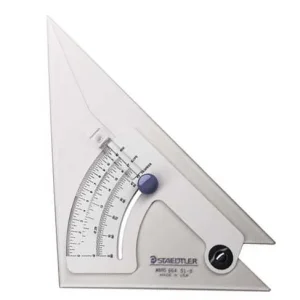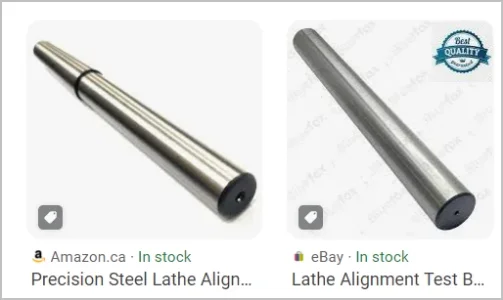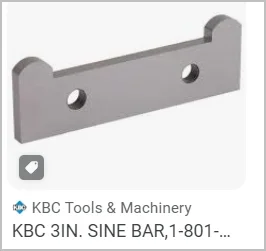It started raining here today so planting is on hold.
I'm not really a fan of actual sine bars when setting compound angles. I like to take the arc-tangent of the resulting compound displacement divided by its associated horizontal carriage displacement. The result is the compound angle. Its really as simple as that.
Here is the Basic Trigonometry.

Note that using these definitions, the lengths don't need to be unitized. They can be anything.
Here is an example setup.
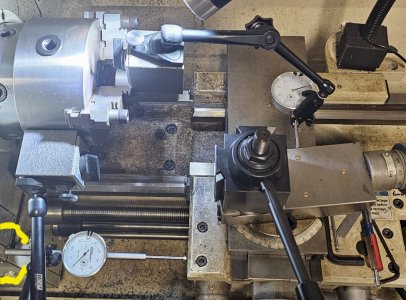
This photo is not really what I do, but it will serve as a better example photo than what I really do. Fundamentally, I don't like long indicator holder arms because they bend. So my actual process has the compound right under the chuck and both indicators are attached to the chuck. Note that some of this long arm bending is negated by locating the rear of the horizontal indicator so that it touches my gear box. (Outlined in yellow on the photo.) But the compound indicator is on a long arm suspended in the air - which basically sucks.
It is VERY IMPORTANT that the two indicators be set perpendicular to the two axis of the lathe so that they measure the actual desired displacement.
Note that the angle set on my compound is 7 degrees or as close to that as my eyes will allow.

Both indicators are zeroed. Then the cross-slide is moved by whatever amount you want and then readings are taken on both indicators. It is not necessary to move certain discrete amounts like 1" or 2". However, the longer the distances, the better the resolution of the result.
In this case, the compound displacement was 0.124 and the cross-slide movement was 1.000. It isn't necessary that it be 1.000 it just makes the division math easier.
Opp/Adj is 0.124/1.000 = 0.124
ArcTan of 0.124 = 7.068 deg.
It also doesn't matter if your indicators are metric or imperial as long as they are both the same.
It's actually easier to measure an angle this way than it is to set it to a specific angle. But either way, it's WAAAY more accurate than using angle gauges and such.
If your lathe and indicator setups are such that hysteresis of the readings cannot be avoided, then I suggest that several readings be taken in each direction and the results averaged.
Don't assume that one reading nails it. It is important to be aware of hysteresis. On this particular setup, I found that repeating the long axis in both directions resulted in about 2 thou change in the compound reading depending on which way the two indicator plungers were moving (in or out). That 2 thou changed the angle to 7.18 degrees from 7.07. So in this case, I would average those two angles to 7.12 degrees. This difference is the reason that I like short rigid indicator arms. You can never get zero difference but it's nice to get close.
In this setup, the difference was half the first one. Which makes sense because only one arm is bending and the other is straight.
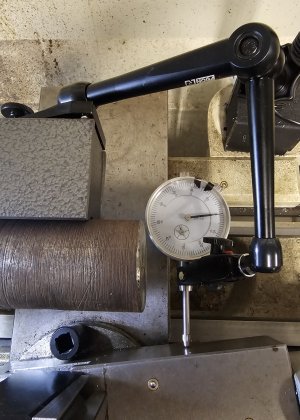
As always, setting up something like this as a demo, spawns ideas. I have a carriage stop indicator planned which would eliminate arm flexing for the carriage measurement, but I should make something short and rigid to mount the compound indicator on. That would eliminate arm flex for both indicator holders leaving only the internal hysteresis of the indicators themselves to deal with.





